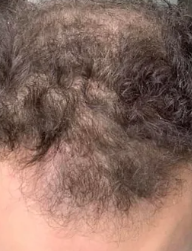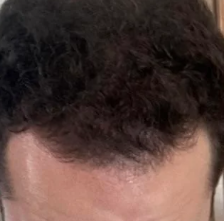To the people that affirm high DHT in the scalp is not a cause but consequence of AGA, why does lowering it throught medication seem to give positive results in most men?
The genes for hair loss are in both men and women; however, men produce significantly more testosterone than women. The testosterone is metabolized into DHT and DHT works on the genetically impacted hair follicle to cause loss. Finasteride blocks 70% of the activity of DHT on the hair follicle receptors, so it works well. If you gave a woman the amount of testosterone that a man makes daily, and she had the genes for hair loss, she would go through something similar to what you are now going through. The older she is, the worse the hair loss would be for her, as it might be for you if you (and she) have inherited an advanced balding pattern. For premenopausal women, their Estrogen protects their hair from the DHT effect; however, when they pass menopause, they don’t have the estrogen protection and, therefore, might see hair loss, a common finding in ~50% of post-menopausal women.



